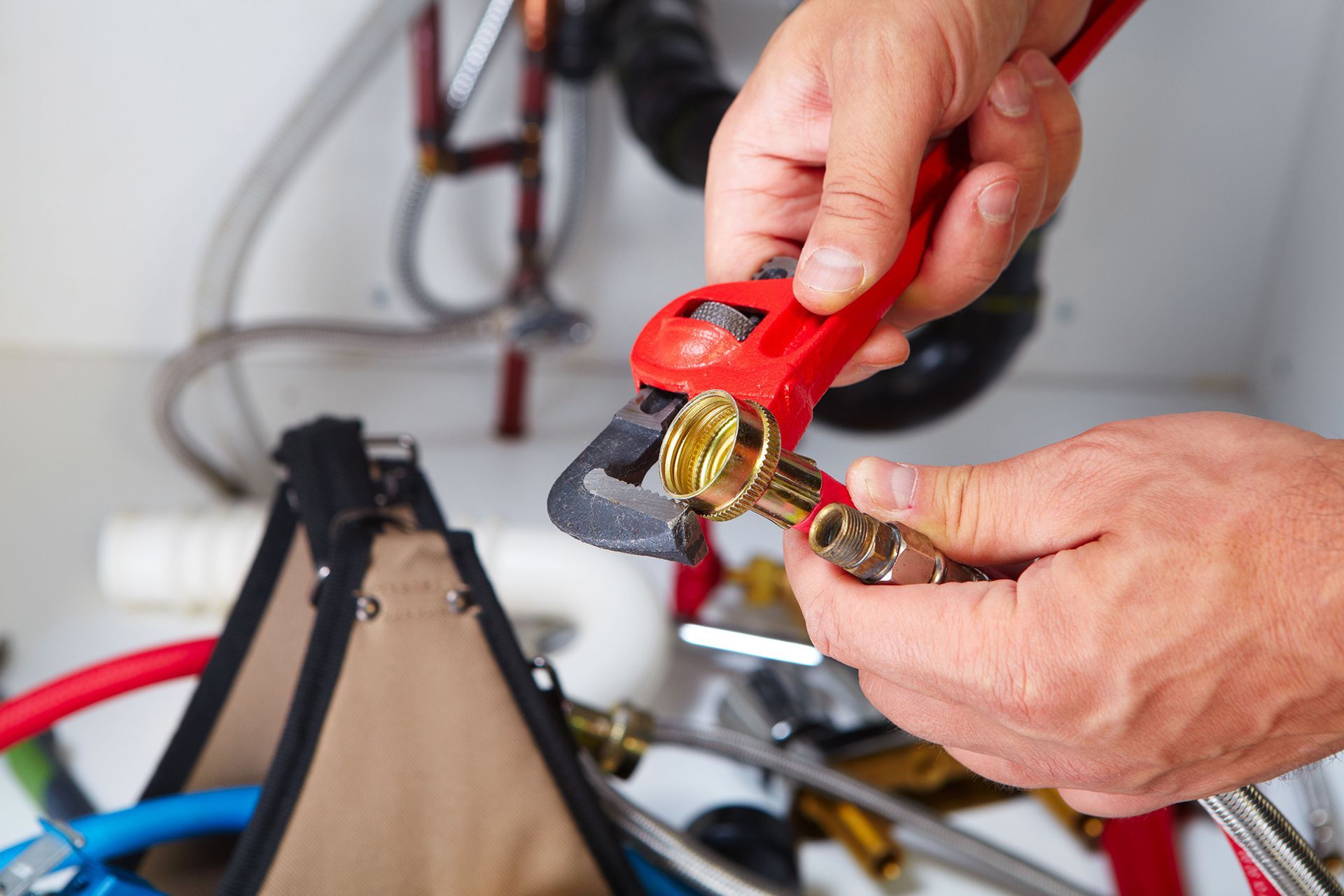Winter Plumbing Maintenance Checklist For the Freeport, IL Area: What Every Homeowner Needs to Know
Josh Sickles • December 5, 2024
Winter Plumbing Maintenance Checklist: What Every Homeowner Needs to Know

As the temperature drops and winter sets in, it’s essential to make sure your plumbing system is prepared for the season. Freezing temperatures, snow, and ice can cause significant plumbing issues if you're not careful. To avoid expensive repairs and inconvenient breakdowns, here’s a comprehensive winter plumbing maintenance checklist every homeowner should follow.
1. Insulate Your Pipes
Exposed pipes are at risk of freezing and bursting during the coldest months. To protect your plumbing, insulate any pipes located in unheated areas such as basements, crawlspaces, attics, and garages. Use pipe insulation sleeves or heat tape to keep them warm and prevent freezing. Additionally, seal any cracks or gaps in your home’s foundation that could let cold air in around your pipes.
2. Seal Drafts Around Windows and Doors
Cold drafts can lower the temperature around your pipes, increasing the likelihood of freezing. Inspect windows and doors for drafts and use weatherstripping, caulk, or draft stoppers to seal any gaps. This small step can make a big difference in protecting your plumbing during winter.
3. Check Your Water Heater
Your water heater works harder during the winter months, so it’s essential to give it some attention. Schedule a professional inspection to check for sediment buildup, which can affect efficiency. Flushing the tank can improve performance and prevent damage. Also, make sure the temperature is set to 120°F—this prevents overheating and reduces energy costs.
4. Maintain Your Sump Pump
Your sump pump is critical for preventing flooding, especially during the winter thaw. Test the pump to ensure it’s working properly by pouring a small amount of water into the sump pit to trigger the pump. Clean out any debris from the pump’s inlet screen and check the discharge pipe for obstructions. You don’t want to risk water damage during the thawing period.
5. Disconnect Outdoor Hoses and Drain Faucets
Frozen outdoor faucets can burst and cause costly damage inside your home. Before the temperatures dip, disconnect all garden hoses and drain any water from outdoor faucets. If your home has frost-proof faucets, make sure they’re turned off and their valve is properly shut to prevent water from freezing inside the pipes.
6. Inspect Your Sewer Lines
Winter storms can cause ground movement and debris buildup, which can block your sewer lines. It’s a good idea to have a plumber inspect your sewer lines to avoid potential backups during the winter. Regular maintenance helps you avoid nasty surprises during heavy snowfall or thaw periods.
7. Keep the Heat On
Even when you’re away from home, it’s crucial to maintain a constant temperature inside. Set your thermostat to at least 55°F to keep your pipes warm enough to avoid freezing. If you plan on traveling, have a neighbor or friend check the temperature to ensure your pipes remain safe.
8. Add Insulation to Crawl Spaces and Attics
Cold air in attics or crawl spaces can quickly freeze pipes running through these areas. Add insulation to the floors and ceilings of these spaces to help maintain a stable temperature around your pipes. This simple upgrade can save you from serious plumbing problems down the line.
9. Know How to Thaw Frozen Pipes
Even with proper precautions, sometimes pipes can freeze. Know where your main water shutoff valve is located, so you can quickly turn off the water supply in case of an emergency. To thaw a frozen pipe, use a hair dryer or space heater—never a blowtorch, as that could damage the pipe or start a fire. If you’re unable to thaw a pipe, call a plumber immediately.
10. Schedule a Professional Plumbing Inspection
The best way to ensure your plumbing is ready for winter is to schedule a professional inspection. A licensed plumber can detect early signs of potential issues, from leaks to worn-out components, and address them before they become major problems. A plumbing inspection can give you peace of mind and save you from unexpected winter plumbing nightmares.
Conclusion
Winter can be tough on your plumbing, but with the right precautions, you can protect your home and avoid costly repairs. Use this winter plumbing maintenance checklist to make sure your pipes, water heater, sump pump, and other plumbing components are in top shape. If you’re unsure about any of these tasks or need help with an inspection, contact Sickles Plumbing & Drain. Our team of professionals is here to ensure your plumbing stays safe and efficient throughout the winter months. Stay warm and worry-free with our expert plumbing services!
Learn More About
Sickles Plumbing & Drain
Serving the Freeport, IL area, Sickles Plumbing & Drain specializes in water heaters and softeners, drain cleaning, and plumbing services. Emergency services are available. 1-year workmanship warranty. Licensed and insured. Request a FREE estimate today.
service area
Northwestern Illinois
Business Hours
Emergency Services Available
License #058-194911
Hi. Do you need any help?
Privacy Policy
| Do Not Share My Information
| Conditions of Use
| Notice and Take Down Policy
| Website Accessibility Policy
© 2025
The content on this website is owned by us and our licensors. Do not copy any content (including images) without our consent.


Share On: